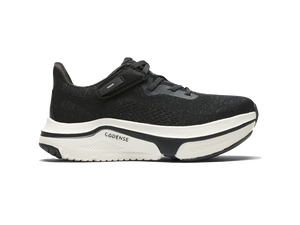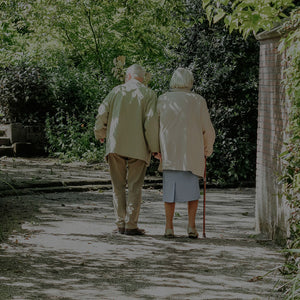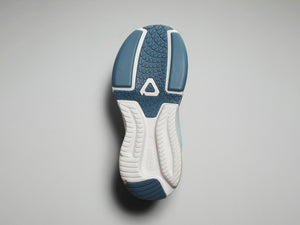Cart
Your cart is empty
Looks like you haven’t added anything yet, browse new arrivals below!
Continue ShoppingHelping seniors navigate the world with confidence through supportive, adaptive footwear—designed to reduce slips, improve balance, and make everyday walking easier and safer.

Medically reviewed by
Dr. Obianuju Helen Okoye, MD


Walking can become harder with age due to slower reflexes, balance changes, numbness, joint pain, or fatigue. The right shoes help reduce these everyday struggles—by improving traction, supporting natural steps, and easing the energy needed to walk.
Cadense adaptive shoes are built to support older adults in real-world environments—home, sidewalks, ramps, grocery stores, and visits with family—by offering:
These features help seniors walk longer, feel steadier, and worry less about slips or trips, improving independence and confidence day to day.
Here are features important for older adults, expanded with clinical clarity and real‑world relevance.

Good tread provides traction and reduces slipping on slick surfaces. Secure traction is vital for navigating wet floors, tile, polished wood, or outdoor pavements after rain—common triggers for falls.
A good shoe for seniors offers firm but comfortable support, improves stability, cushions the soles, is easy to put on and take off, and includes features that make it easier to take natural steps.
If a shoe has good shock-absorbing properties and helps to maintain the alignment and stability of the ankle, then yes, it could help to alleviate joint pain in seniors.
Seniors are advised to shop for shoes that are relatively lightweight. These shoes require less effort to walk in, thus helping to minimise fatigue.
If you are trying to choose a shoe to buy, you can read the product description and take a look at customer reviews. See what other seniors who need substantial arch support have to say about the product.
If you are trying to evaluate shoes you already own, take note of whether you have excessive pain while wearing them. That could be a sign they are not providing adequate arch support.
To keep learning about senior health, particularly with respect to feet and mobility, explore the posts in our blog.
Shoes with solid slip‑resistant tread, stable soles, and a snug but comfortable fit reduce slipping or catching on uneven sidewalks, thresholds, or outdoor terrain. These features help seniors feel steadier during daily tasks both indoors and outdoors.
Yes. Shoes that enhance stability, control foot placement, and improve grip can boost confidence and reduce hesitation when walking in crowded or unfamiliar places. This emotional benefit encourages more activity, which supports long‑term mobility.
Adaptive footwear often includes stability, traction, and ease‑of‑use features that standard athletic shoes may lack. For many older adults, adaptive shoes are a safer, more comfortable everyday choice—especially when balance or strength is diminished.
Yes. Supportive shoes can be paired with canes, walkers, or braces to improve comfort and mobility. The right shoe reduces slip risk and supports proper foot placement, making assistive devices more effective.
They do. Lighter shoes lower the physical effort required per step, helping seniors walk farther and feel less tired. This is especially useful for errands, travel, or prolonged standing.
Good tread and predictable sole feel help prevent slipping on smooth indoor floors. Stable shoes also reduce the tendency to over‑correct balance when moving from soft carpets to slick surfaces.
The best shoes for seniors with limited mobility offer a stable, supportive base, slip-resistant traction, and cushioning that reduces pressure on the joints. A wider toe box, lightweight construction, and an adjustable fit help accommodate swelling, balance challenges, and changing comfort needs throughout the day. Adaptive footwear—like Cadense—can also make walking feel smoother and more secure for older adults.
Looks like you haven’t added anything yet, browse new arrivals below!
Continue Shopping